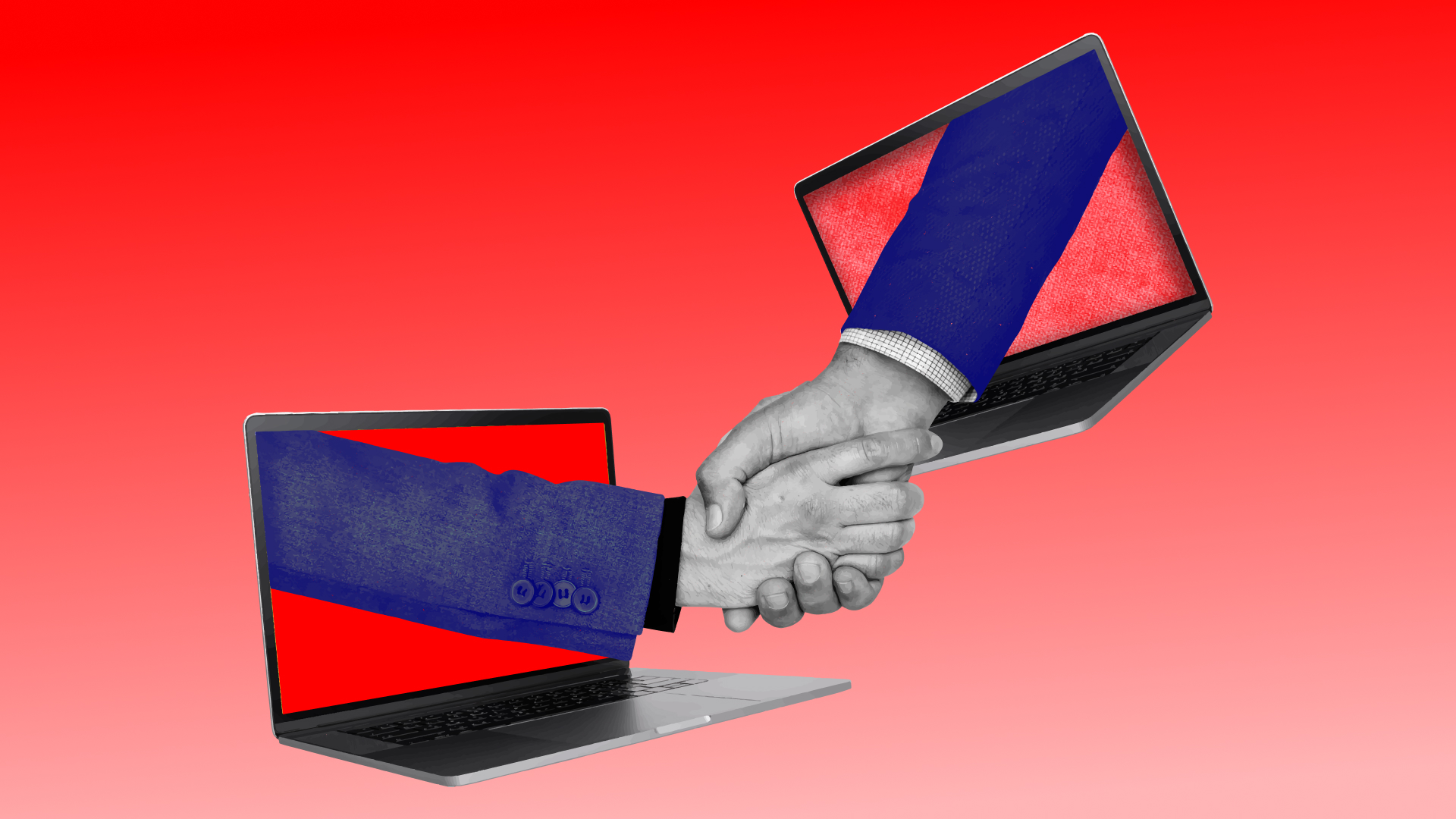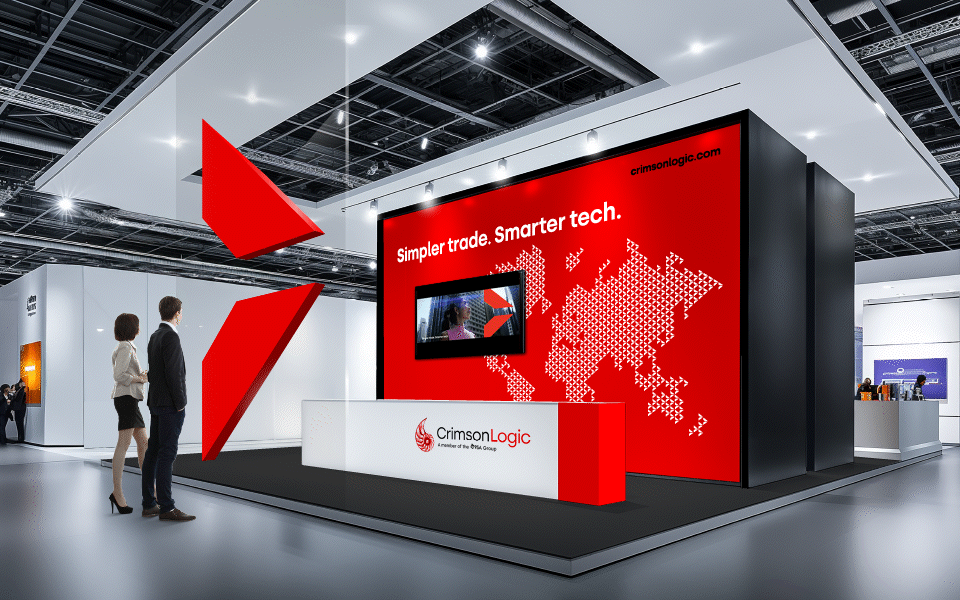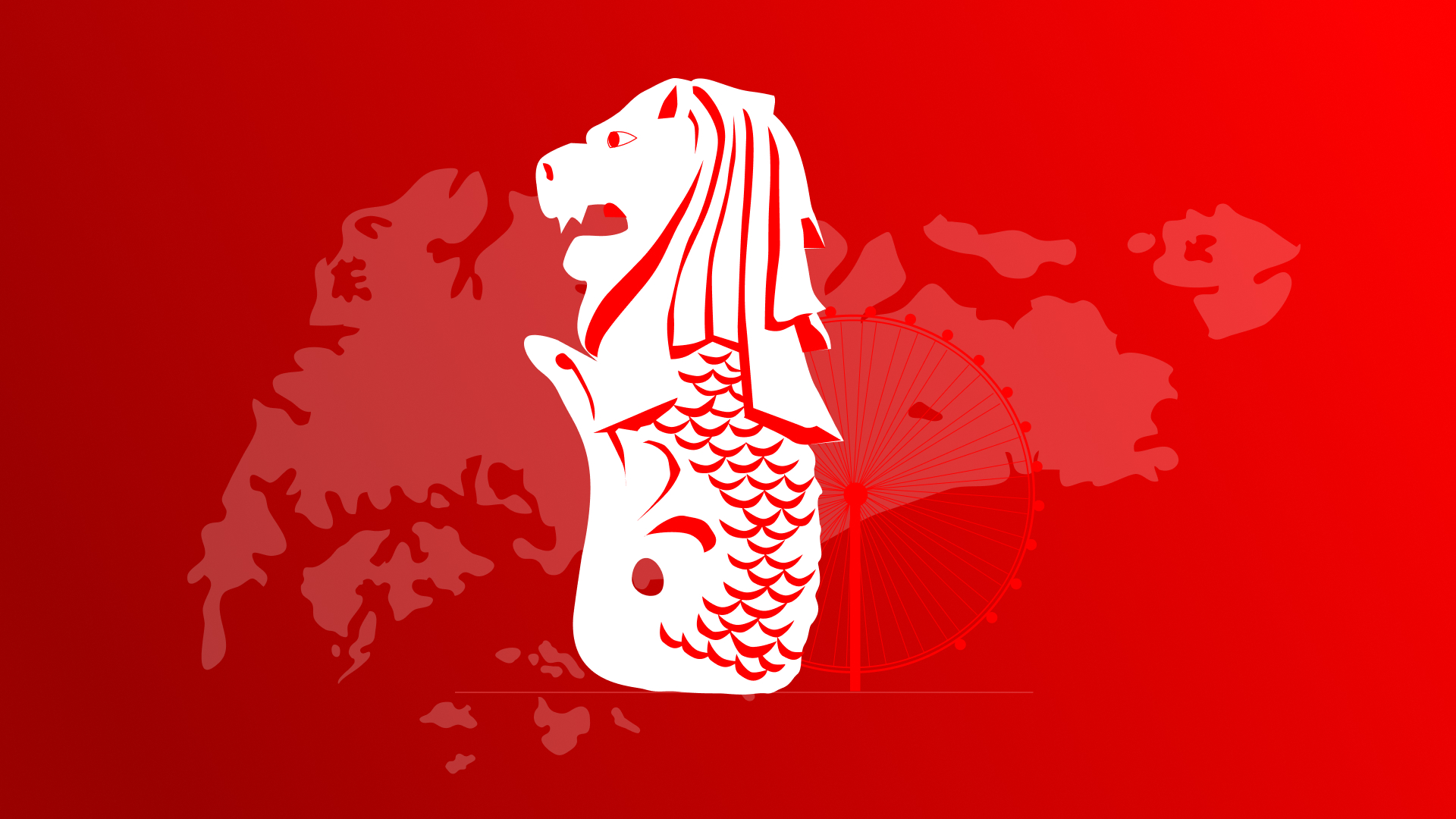Exploring B2B Brand Archetypes: Examples and How-Tos
Boost your brand with B2B Brand Archetypes like Sage or Rebel. Captivate emotions, craft stories, and align strategy. Explore examples today!

Boost your brand with B2B Brand Archetypes like Sage or Rebel. Captivate emotions, craft stories, and align strategy. Explore examples today!


Two B2B companies. Same industry. Similar solutions. Nearly identical pricing.
One gets remembered. One gets ghosted in procurement emails.
The difference isn't the product spec sheet or the feature comparison table. It's not even the sales deck. It's something deeper, something buyers can't always articulate but instinctively feel: personality.
The companies that stick in decision-makers' minds don't just communicate capabilities—they embody a recognisable character. They have an archetype. And whether they know it or not, that archetype shapes every interaction, every piece of content, every pitch, and every lasting impression.
Here's the uncomfortable truth: most B2B brands believe they compete solely on logic.
Features. ROI. Implementation timelines. But buyers are humans, and humans don't make decisions in spreadsheets. They make them in stories. Brand archetypes provide the narrative that makes the logic compelling.
This article explains what brand archetypes are, why they're not just for consumer brands, and how the 12 archetypes can help your B2B business build an identity that resonates, differentiates, and endures.
Quick Takeaways from the Blog:
A brand archetype is a universal character type rooted in Carl Jung's theory of the collective unconscious.
Jung identified 12 archetypes, recurring patterns of human motivation and behaviour that appear across cultures, myths, and stories.
Archetypes work because they bypass rational analysis. When someone encounters the Hero archetype, they don't need to be told what it means. They feel it. The same instinct that makes us recognise courage in a story helps us recognise it in a brand.
That's why archetypes matter in B2B, even when the buying process looks purely rational.
B2B buyers may rely on spreadsheets and data, but their decisions are often driven by trust and emotion. Brand archetypes speak to this, creating consistency across touchpoints and guiding decision-making.
By defining your archetype, you can communicate, design, and engage with customers in a way that truly stands out. In crowded markets, archetypes differentiate you when products and features are indistinguishable.
They inform strategy, tone, and even hiring decisions, providing clarity and direction for every brand choice.
The 12 archetypes fall into four categories based on core human motivations: stability, independence, change, and belonging. Each archetype serves a distinct role in how brands position themselves and connect with audiences.
Understanding these archetypes isn't about picking your favourite. It's about recognising which one authentically reflects your company's values, behaviour, and market role.
Core motivation: Safety, simplicity, optimism
Brand voice: Clear, reassuring, positive
The Innocent thrives in complexity by offering clarity. It's the brand that says, "We make this easy. You can trust us."
When it works in B2B: Companies simplifying convoluted processes or transparency-focused platforms. The Innocent doesn't overcomplicate. It reassures.
B2B examples: Dropbox built its early brand on the simplicity of "it just works," with no technical jargon, no complicated setup, and just straightforward file sharing. Slack made workplace communication feel joyful and simple in an industry dominated by clunky, overcomplicated enterprise software.
Core motivation: Knowledge, truth, understanding
Brand voice: Authoritative, educational, data-driven
The Sage is the expert in the room. It doesn't sell with hype. It educates, informs, and earns trust through rigour and insight.
When it works in B2B: Consulting firms, research companies, thought leadership brands, or any business where expertise is the differentiator.
B2B examples: McKinsey built its reputation on deep research and data-driven insights, positioning itself as the trusted advisor to global enterprises. Harvard Business Review doesn't sell; it educates through rigorous thought leadership. Google's search business is built on delivering accurate, reliable information at scale.
Core motivation: Freedom, discovery, independence
Brand voice: Bold, inspiring, forward-thinking
The Explorer doesn't follow the map. It creates new ones. This archetype appeals to businesses that value autonomy and breaking free from conventional constraints.
When it works in B2B: Innovation-focused companies, global expansion services, or brands challenging entrenched industry norms.
B2B examples: SpaceX doesn't just launch rockets—it reimagines space exploration as commercially viable, pioneering entirely new markets. Patagonia challenges traditional supply chain practices, leading the charge on sustainable business operations and environmental innovation in B2B contexts.
Core motivation: Revolution, disruption, change
Brand voice: Bold, challenging, edgy
The Outlaw sees rules as obstacles. It thrives on challenging the status quo and disrupting tired industries.
When it works in B2B: Disruptive technology companies or brands entering traditional industries with radically different models.
B2B examples: Tesla challenged century-old automotive manufacturing norms with electric vehicles and direct-to-consumer sales models. Stripe disrupted traditional payment processing with developer-first tools that bypassed legacy banking infrastructure. Monday.com entered the crowded project management space by questioning why work software had to be dull and rigid.
Core motivation: Transformation, making dreams a reality
Brand voice: Inspiring, visionary, dynamic
The Magician doesn't just solve problems. It transforms outcomes. This archetype is about making the impossible feel inevitable.
When it works in B2B: Technology companies enabling transformation, change management consultants, or platforms that fundamentally shift how businesses operate.
B2B examples: Apple doesn't sell computers—it sells creative possibilities and transformative tools for professionals. Salesforce transformed CRM from software into a complete business transformation platform with "Customer 360." Adobe Creative Cloud turned creative professionals into limitless creators, making complex design work feel magical.
Core motivation: Mastery, achievement, making the world better
Brand voice: Confident, inspiring, motivational
The Hero rises to challenges. It's the brand that says, "We'll get this done. We'll overcome the obstacles."
When it works in B2B: Performance-driven companies, problem-solving services, or businesses positioning themselves as the reliable choice in challenging situations.
B2B examples: FedEx built its entire brand on overcoming logistical challenges with "When it absolutely, positively has to be there." Nike's business solutions empower organisations to achieve peak performance. Duracell positions itself as the dependable power source that won't quit when it matters most.
Core motivation: Intimacy, connection, passion
Brand voice: Warm, empathetic
The Lover builds relationships, not transactions. It's about connection, loyalty, and creating experiences that feel personal and meaningful.
When it works in B2B: Relationship-focused services, luxury B2B brands, or businesses where partnership depth matters more than scale.
B2B examples: Airbnb for Work creates intimate, experience-driven business travel that feels personal, not corporate. Rolls-Royce's business aviation division sells exclusivity and passion for perfection, building deep relationships with clients. Premium hospitality brands prioritise emotional connection and personalised experiences over volume.
Core motivation: Joy, fun, living in the moment
Brand voice: Playful, witty, irreverent
The Jester refuses to take itself too seriously. In industries drowning in corporate jargon, the Jester stands out by making work feel less like drudgery.
When it works in B2B: Creative industries, brands disrupting overly serious sectors, or companies making business tools feel approachable and enjoyable.
B2B examples: Mailchimp entered a dry email marketing space with a playful chimp mascot and witty copy, making the tool feel fun and approachable. Innocent Drinks brings humour to B2B supplier relationships, turning mundane interactions into memorable moments. Ben & Jerry's maintains its quirky, playful personality even in corporate partnerships.
Core motivation: Belonging, connection, authenticity
Brand voice: Conversational, accessible, humble
The Everyman doesn't posture. It's the brand that feels like a trusted colleague, not a faceless corporation.
When it works in B2B: Service providers, community-focused brands, accessible software solutions, or businesses emphasising equality and collaboration.
B2B examples: IKEA's business solutions keep the same democratic design philosophy—quality and functionality shouldn't be exclusive. Mailchimp (in its evolved form) remains relatable and down-to-earth despite growth. Basecamp positions itself as the anti-enterprise tool, built for regular people trying to get work done without unnecessary complexity.
Core motivation: Service, protection, helping others
Brand voice: Warm, reassuring, empathetic
The Caregiver puts others first. It's the brand that says, "We've got your back. Your success is our success."
When it works in B2B: Healthcare, employee wellbeing platforms, support services, or businesses built around service and care.
B2B examples: Johnson & Johnson built its reputation on care and responsibility, even in B2B pharmaceutical and medical device sales. Volvo's B2B positioning centres entirely on safety—protecting what matters most. Patagonia extends environmental stewardship into its B2B operations, caring for the planet through sustainable supply chain practices.
Core motivation: Control, leadership, order
Brand voice: Commanding, sophisticated, confident
The Ruler embodies power, stability, and premium positioning. It appeals to those who value leadership, exclusivity, and uncompromising quality.
When it works in B2B: Premium brands, industry leaders, enterprise solutions, or companies where authority and control are key selling points.
B2B examples: Microsoft positions itself as the enterprise standard, stable, authoritative, and in control. IBM built decades of B2B dominance on "Nobody ever got fired for buying IBM," the ultimate Ruler positioning. Mercedes-Benz brings premium authority to corporate fleets, signalling status and uncompromising excellence.
Core motivation: Innovation, self-expression, creation
Brand voice: Innovative, inspiring, imaginative
The Creator builds things that didn't exist before. It values originality, imagination, and the process of bringing ideas to life.
When it works in B2B: Design agencies, creative software platforms, innovation consultancies, or businesses where imagination and invention are core to the offering.
B2B examples: Adobe, Lego, Apple
Also Read: Corporate Branding That Resonates: A 2025 Guide for B2B Companies
Your archetype isn't aspirational. It's authentic.
It's not about choosing the archetype you admire most or the one that sounds impressive in a boardroom. It's about identifying the character your business already embodies, whether you've named it or not. Get this wrong, and every piece of communication feels forced. Get it right, and everything clicks into place.
Here's how to find yours.
Start with how you're perceived, not how you want to be perceived.
Ask your customers how they'd describe you. Look at testimonials, reviews, and sales call transcripts. What language appears repeatedly? What adjectives do people use when they talk about working with you?
Then turn inward. Ask your team the same question. What motivates your leadership? What stories do employees tell about the company? If there's alignment between internal culture and external perception, you're close to your archetype.
Your archetype lives in your "why," not your "what."
What does your company fundamentally believe? Why do you exist beyond profit? What change do you want to create in your industry or for your customers?
If your mission is to simplify complexity, you might be the Innocent. If it's to challenge entrenched systems, you're likely the Outlaw. If it's to empower creativity, the Creator is the right fit. Your archetype should feel inevitable when you look at your mission clearly.
Differentiation isn't just about being different. It's about being authentically different.
Map your competitors' archetypes. Which character types dominate your market? Where are the gaps? More importantly, which archetype can you own authentically?
Don't choose the Outlaw just because your competitors are all Sages. Choose it because disruption is genuinely in your DNA. Forced differentiation is worse than no differentiation.
Your archetype must resonate with the people you're trying to reach.
What does your B2B audience need emotionally, not just functionally? Do they need reassurance (Caregiver)? Innovation (Magician)? Stability (Ruler)? Freedom (Explorer)?
The best archetype sits at the intersection of your authentic identity and your audience's emotional drivers. If there's no overlap, either your positioning is wrong or you're targeting the wrong audience.
An archetype isn't just a brand positioning statement. It's a behaviour.
Does this archetype feel natural in your sales conversations? Does it align with how your customer service team interacts with clients? Can your entire organisation authentically embody it, or does it feel like a costume?
If it feels forced anywhere, it's the wrong archetype. The right one should make internal decisions easier, not harder.
Choose the archetype that reflects your reality. Then live it consistently.
That's What We Do at Vantage.
We don't guess at archetypes. We uncover them. Through research, workshops, and strategic clarity, we help businesses identify their authentic identity and build a brand that embodies it at every touchpoint.
Ready to find your archetype? Let's talk.
Theory matters. But issues of proof are more.
Here's how authentic B2B brands have leveraged archetypes to differentiate themselves, connect with their audience, and drive growth in competitive markets.
How they embody the archetype:
IBM has positioned itself as the authoritative voice in technology and business transformation for decades. Their messaging focuses on expertise, insight, and data-driven intelligence. They don't chase trends. They educate, inform, and lead through thought leadership.
Their visual identity is sophisticated, restrained, and professional. Their tone is authoritative without being arrogant. Their content strategy revolves around research, industry reports, and expert perspectives. Every touchpoint reinforces the same message: "We know. We've been here. We'll guide you."
Impact on positioning and market perception:
The Sage archetype helped IBM maintain credibility even as the tech landscape shifted rapidly. While competitors chased flashy campaigns, IBM stayed consistent. That consistency built trust, especially with enterprise customers who value stability and expertise over novelty.
Key takeaway: The Sage archetype works when your market values knowledge over hype and expertise over innovation theatre.
How they embody the archetype:
Salesforce doesn't sell CRM software. They sell transformation. Their entire brand narrative revolves around making the impossible possible: "Customer 360," "The Future of Everything," "Trailblazer."
Their Dreamforce conference feels less like a trade show and more like a movement. Their messaging is visionary, aspirational, and transformative. They position themselves not as a vendor but as a partner in reimagining business.
Impact on customer experience and growth:
The Magician archetype turned Salesforce into more than a tool. It became an identity that customers wanted to adopt. Businesses didn't just buy Salesforce; they became Trailblazers. That emotional connection drove loyalty, advocacy, and exponential growth.
Key takeaway: The Magician works when your product genuinely enables transformation and you're willing to build a brand experience that feels bigger than the product itself.
Brand archetypes aren't creative exercises. They're strategic tools.
They create clarity when positioning feels muddled. They create consistency when messaging feels scattered. They develop connections in markets where logic prevails, but emotion ultimately prevails.
The businesses that win in B2B aren't always the ones with the best features or the lowest prices. They're the ones with the strongest identity. The ones customers remember, trust, and choose, even when the spreadsheet says otherwise.
Authenticity beats aspiration. Consistency beats perfection. And a clear archetype, lived across every touchpoint, beats a thousand tactical campaigns built on shaky ground.
At Vantage, we help businesses uncover their authentic archetype and build brands that resonate deeply, differentiate clearly, and endure.
Need help defining your B2B brand archetype? Explore our work.
1. What are the 12 brand archetypes?
The 12 brand archetypes are universal character types rooted in Jungian psychology: the Innocent, Sage, Explorer, Outlaw, Magician, Hero, Lover, Jester, Everyman, Caregiver, Ruler, and Creator. Each represents distinct motivations, personality traits, and ways of connecting with audiences.
2. Can a B2B brand have more than one archetype?
Yes, but carefully. Choose a primary archetype that drives 80% of your identity and, if necessary, a complementary secondary archetype that adds depth without creating contradiction. Mixing too many archetypes inconsistently dilutes your brand and confuses your audience.
3. Do brand archetypes work in B2B industries?
B2B buyers are humans making decisions in rational contexts, but emotion still drives preference. Archetypes help you connect on both levels, functional credibility and emotional resonance, making your brand easier to remember, trust, and choose.
4. How long does it take to implement a brand archetype?
Implementation is ongoing, not a one-time project. Initial rollout across visual identity, messaging, and key touchpoints typically takes 3-6 months. But living the archetype consistently across customer experience, content, and culture is a long-term discipline that compounds over time.
5.Can brand archetypes change over time?
Archetypes can evolve, but they shouldn't swing wildly. As your business matures or pivots, your archetype may shift slightly (e.g., from Explorer to Magician as you move from discovery to transformation). But frequent changes erode the consistency that makes archetypes valuable in the first place.


